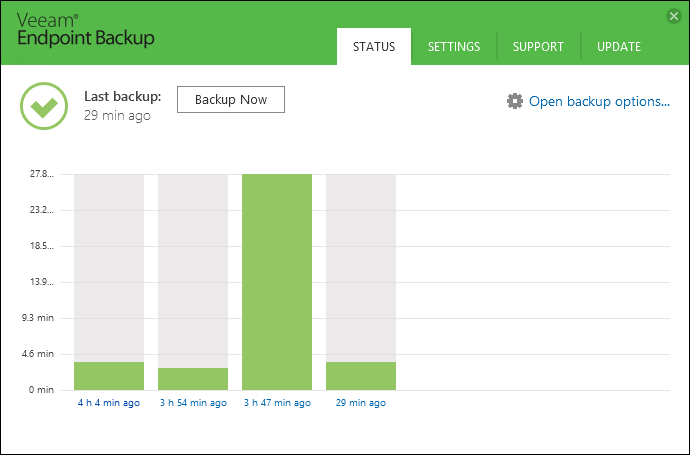


I chose not to do this whilst installing the product for the lab and instead carried on without it. The product likes you to create bootable recovery media from the outset. I won’t go through the whole installation process as it is a typical next, next, next affair and with a couple of questions thrown in. So to be able to back up the few physical servers I have and keep myself aligned to a single backup and recovery vendor is ideal. I certainly keep my backup servers physical with direct SAN access so as not to add additional I/O to some of my infrastructures. But realistically there are a number of businesses that have physical servers, even when they have virtualised their servers and business applications.Īn example of such is vCentre server (again V or P is an argument for another day), one domain controller, and the backup servers. I know the argument is that in today’s cloud infrastructures and data centres there is no room for physical servers. One element I always felt they missed was the protection of physical endpoints. I have had a long relationship with Veeam Backup and Replication, I have used it since its initial release, mainly in managed cloud environments and have seen the product grow into what it is today. It’s quite a long blog, so bear with it as it does cover all the aspects of the product.
Veeam free free#
So with the release of Veeam Endpoint Backup FREE imminent (yes the word ‘FREE’ is part of the product name), I thought I would write a blog about my experience of using the beta version of the product.


 0 kommentar(er)
0 kommentar(er)
